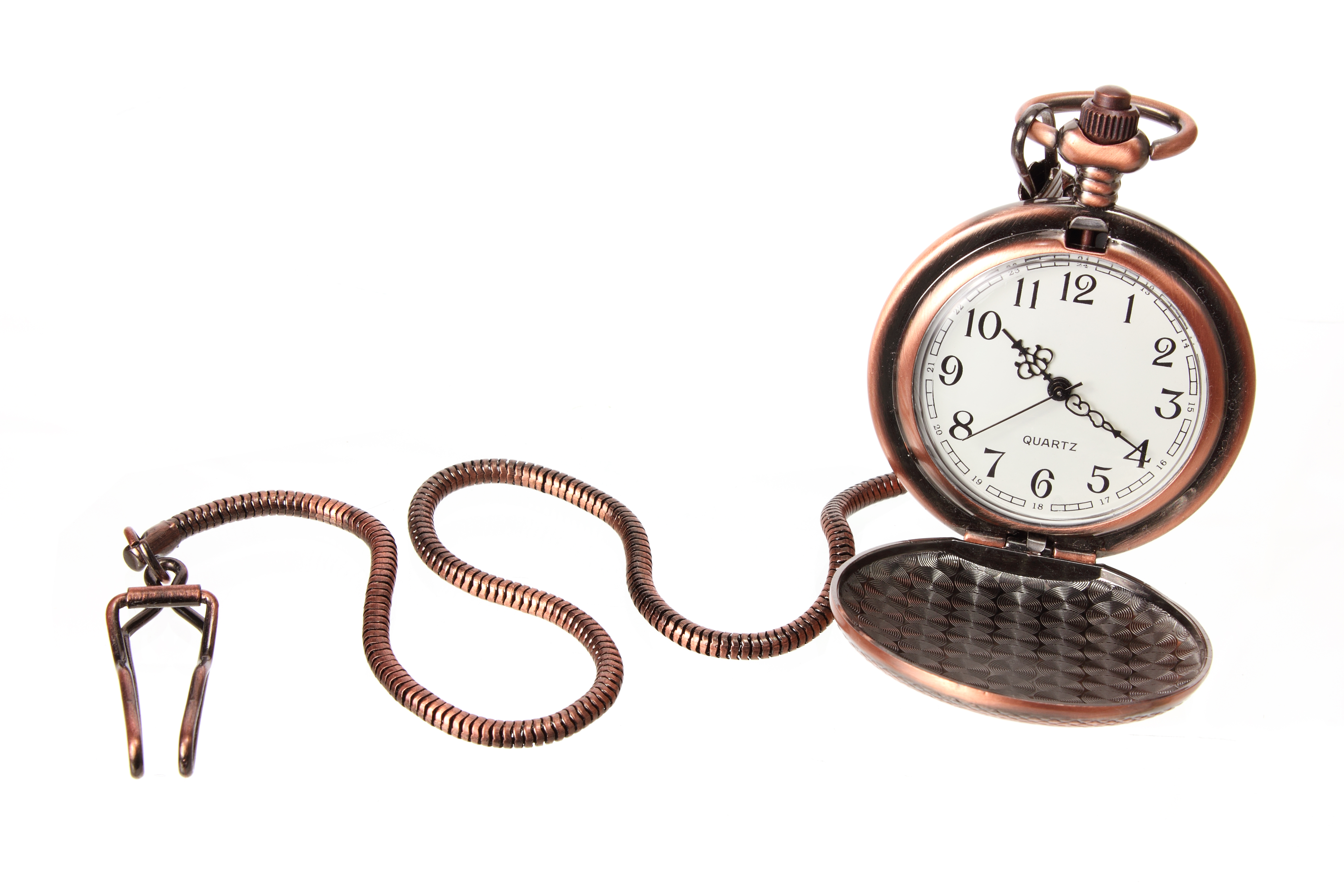Deciphering the Trilogy of Time: Pioneering Gadgets Shaping Infinite Treks of Human Evolution
Since the dawn of civilization, humans have been intrigued by the concept of time. We have devised numerous ways to measure, track, and understand it, from sundials and hourglasses to atomic clocks. The evolution of these time-keeping devices mirrors our own evolution as a species. As we have advanced, so too have our tools. This article embarks on a journey to explore the trilogy of time and the pioneering gadgets that have shaped infinite treks of human evolution.
The Sundial - The Dawn of Timekeeping

The sundial, one of the earliest known timekeeping devices, was a simple yet revolutionary invention. It marked the beginning of humanity's quest to harness and understand time. Sundials used the position of the sun to indicate the time of day, providing a tangible connection between the celestial and terrestrial realms. This section delves into the history and mechanics of the sundial, and how it laid the groundwork for future timekeeping innovations.
The Hourglass - Time in a Bottle

The hourglass, another ancient timekeeping device, represented a significant leap forward in our ability to measure time. Unlike the sundial, the hourglass was not dependent on the sun and could be used indoors and at night. The hourglass also introduced the concept of measuring smaller increments of time, which had profound implications for society and culture. This section explores the impact of the hourglass on human evolution.
The Mechanical Clock - The Ticking Revolution

The invention of the mechanical clock in the 14th century marked a turning point in human history. For the first time, people could accurately measure hours, minutes, and eventually seconds. This precision transformed society, enabling the development of schedules, routines, and deadlines. This section investigates the mechanics and societal impact of the mechanical clock.
The Pendulum Clock - Swinging Towards Precision

The pendulum clock, invented in the 17th century, was the most accurate timekeeping device for nearly 300 years. It was a symbol of the scientific revolution and the quest for precision and accuracy. This section delves into the science behind pendulum clocks and their role in shaping modern society.
The Pocket Watch - Time on the Go

The pocket watch, a portable timepiece, represented another significant advancement. It allowed people to carry time with them, leading to an increased awareness and control of time. This section explores the invention and impact of the pocket watch on human evolution.







